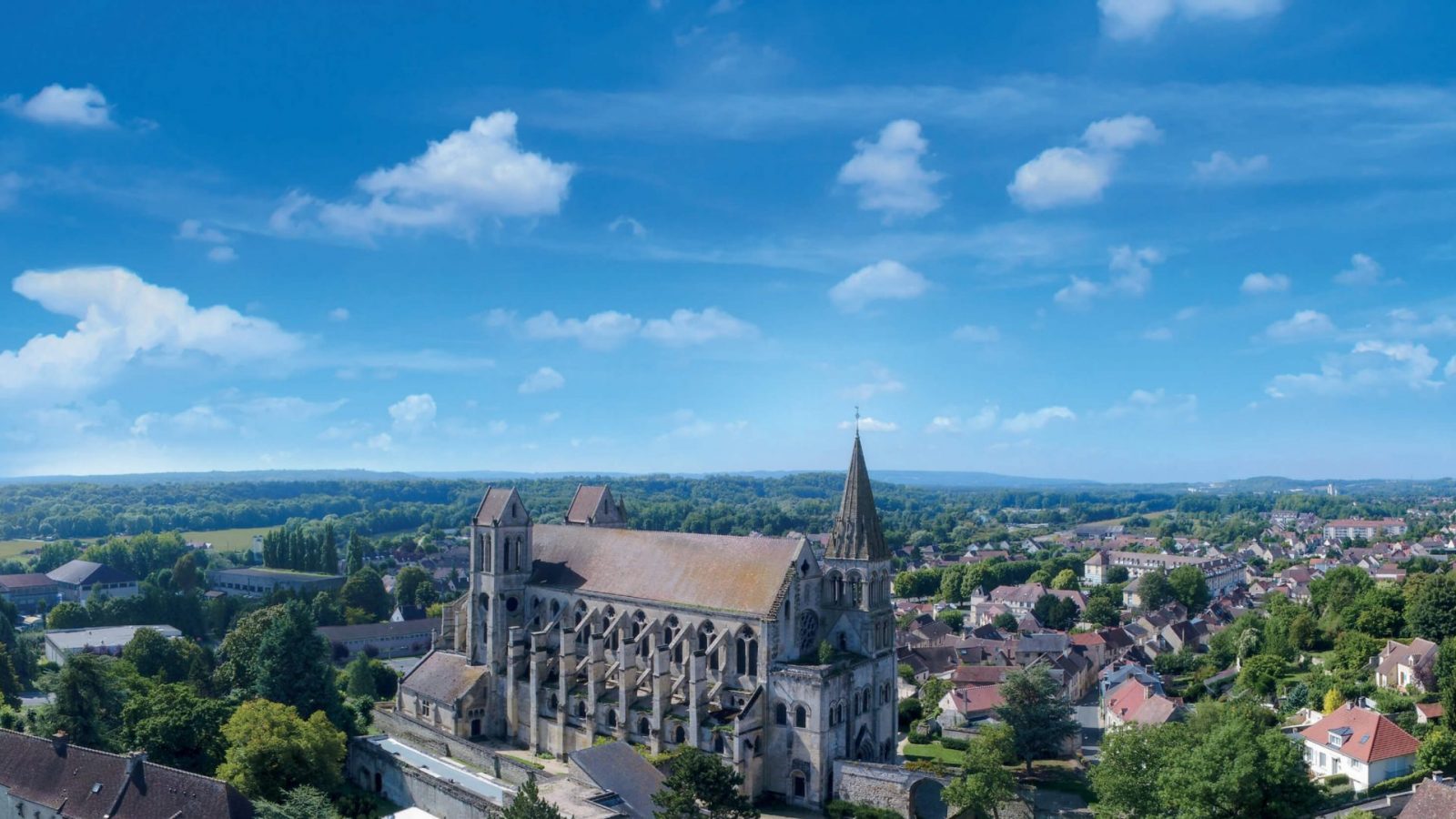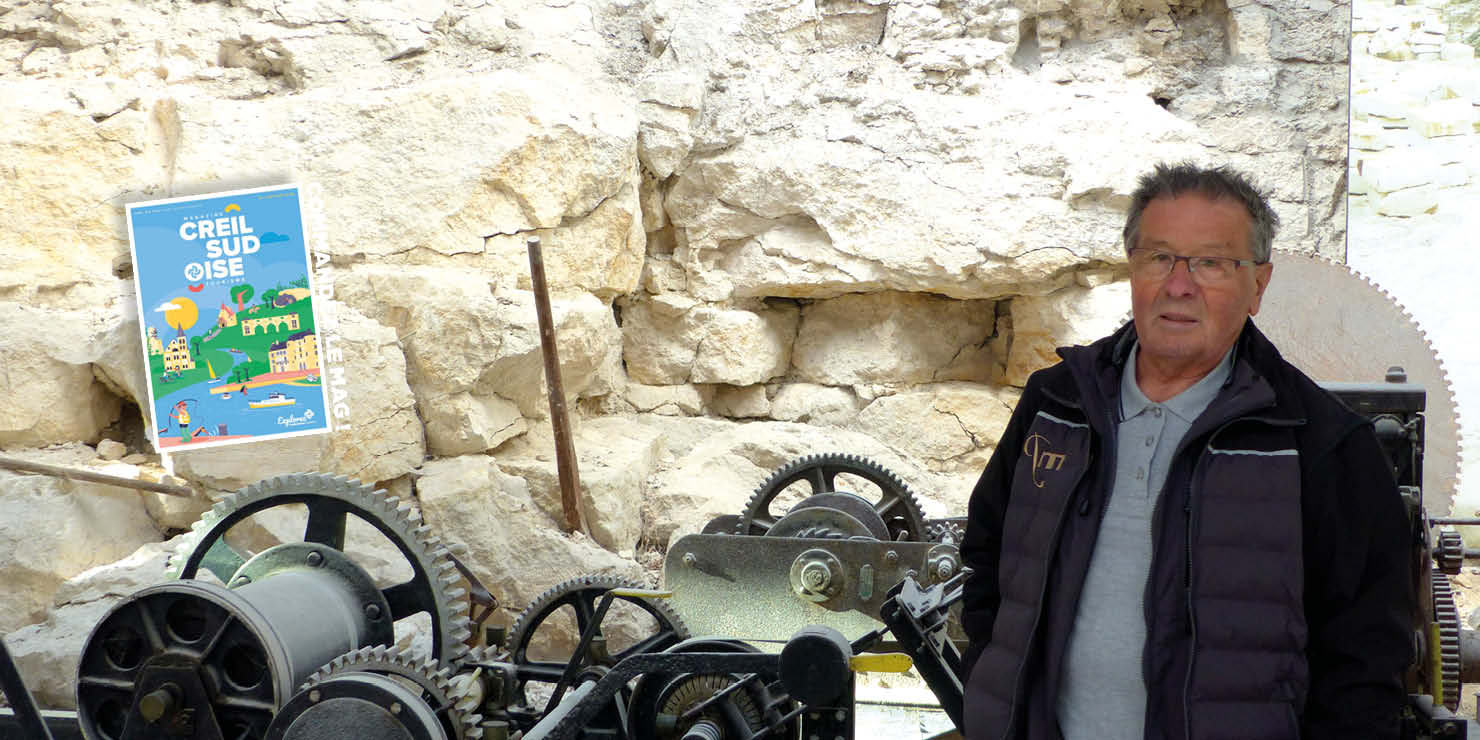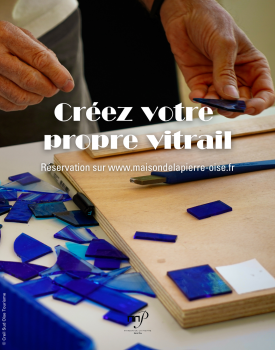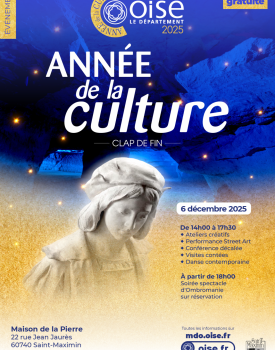Reading time: 6 minutes
24 May 2024
Our ambassadors
In Saint-Maximin, a few kilometres from Chantilly, the Maison de la Pierre tells a thousand-year-old storya stone little known to the general public. Today, the renown of regional stone goes hand in hand with the major Haussmann projects from 19th century and older works. Saint-Pierre church and Senlis cathedral, Vaux-le-Vicomte castle... there are hundreds of monuments to choose from!
In this area of southern Oise, Since Gallo-Roman times, limestone has been quarried and used to enhance buildings. Over the ages, as techniques evolved, people appropriated this treasure, first exploiting the hillsides of the Oise and then the Oise valley. digging underground galleries and open-cast quarries.
Claude Boufflet, insatiable local ambassador, former quarryman, son and grandson of quarrymenhas been helping the Maison de la Pierre to create numerous projects over the last 10 years. In his own way, he brings to life this exceptional natural and cultural heritage, a nugget of the southern Oise region...
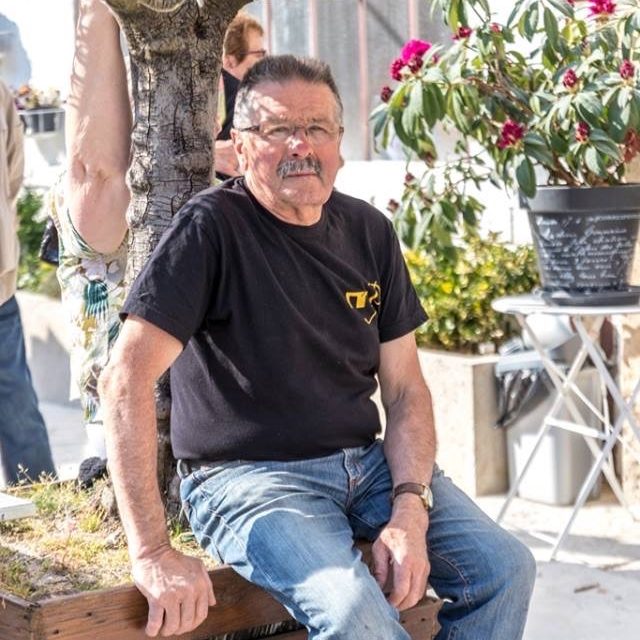
A history carved in stone
At the Maison de la Pierre, a place of remembrance and transmissionClaude acts as ambassador and mediator, a precious link between eras.
In the old quarries in the area, he regularly sets off, in all seasons, in search of a new source of inspiration.search for remains You'll find all sorts of things to discover: old tools, traces of quarrymen from days gone by and of human activity in the quarries. Maybe you'll spot him out and about, on his bike or on foot, discovering these traces: " [...] I'm passionate about it and it grips me, but I can't explain it.r [...] ".
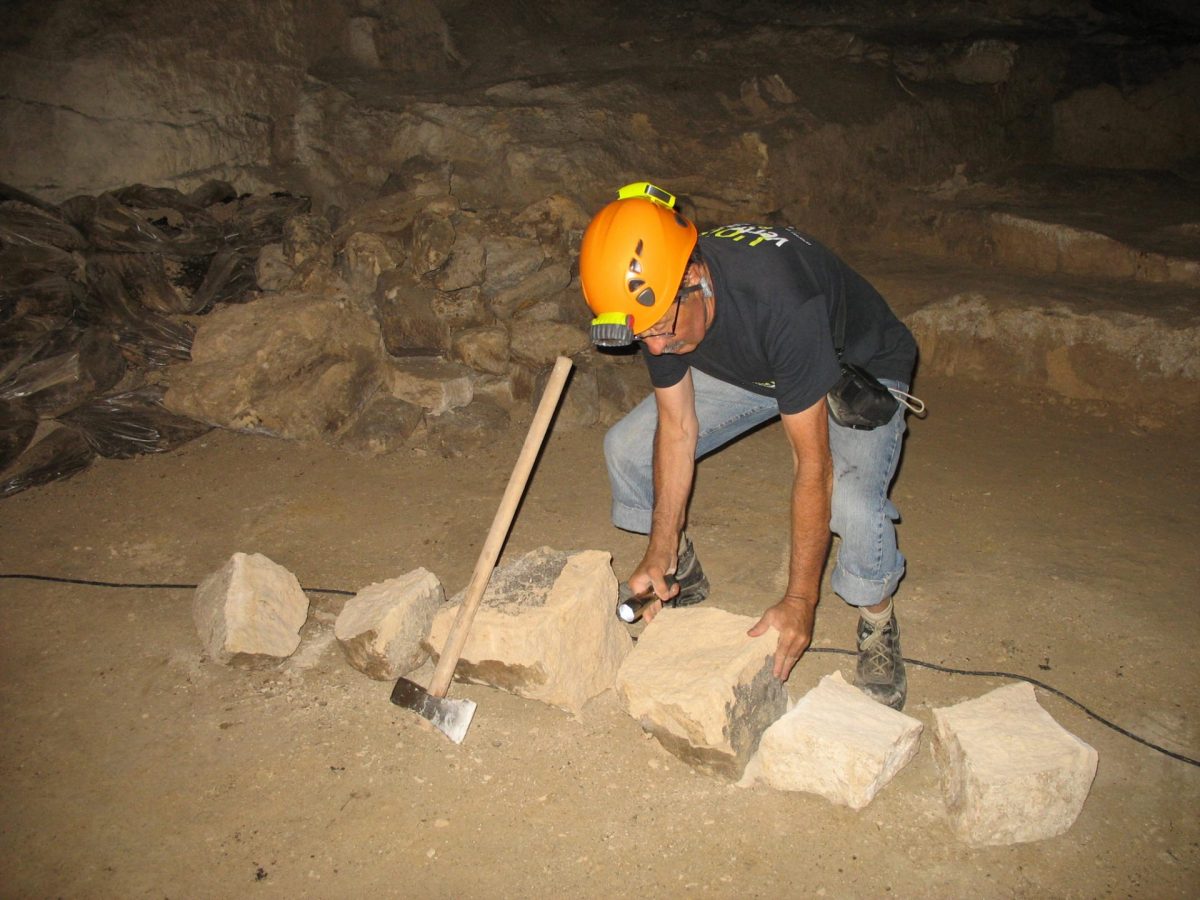
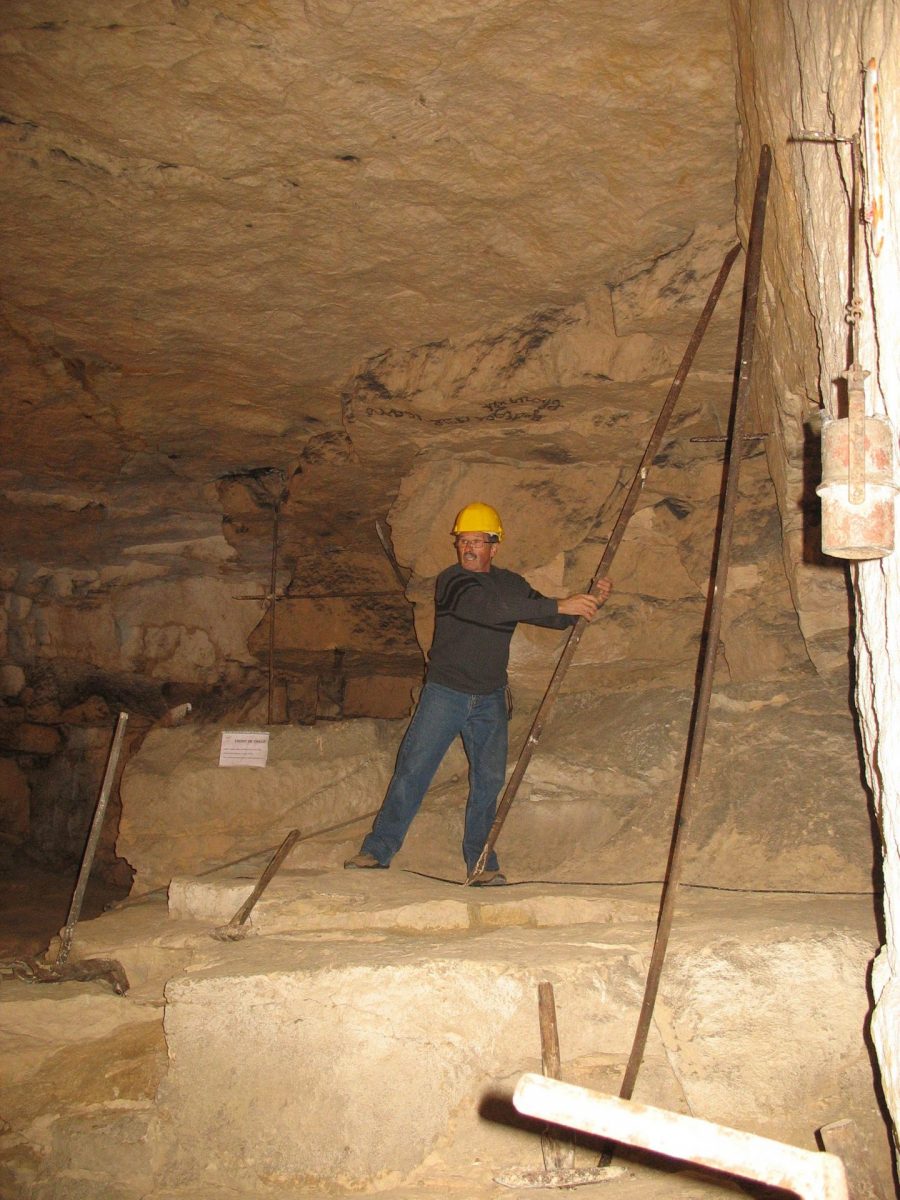
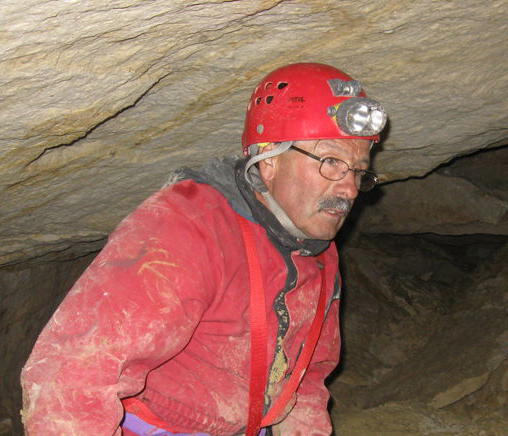
The explanation lies in the past. There's not much left of Claude's childhood in Saint-Maximin in the 50s and 60s, apart from a few photos. Barracks built after the war, children's games and the idea of a certain solidarity. At the time, stone was providing a living for many families, including his own.. His grandfather, Léon Bouffletthen his father, Marcel Bouffletwork in quarries: "[...] my grandfather worked in the Ouachée quarries, he was a man of character [...] in his spare time he played the bugle, then became mayor of Saint-Maximin [...]" he says.
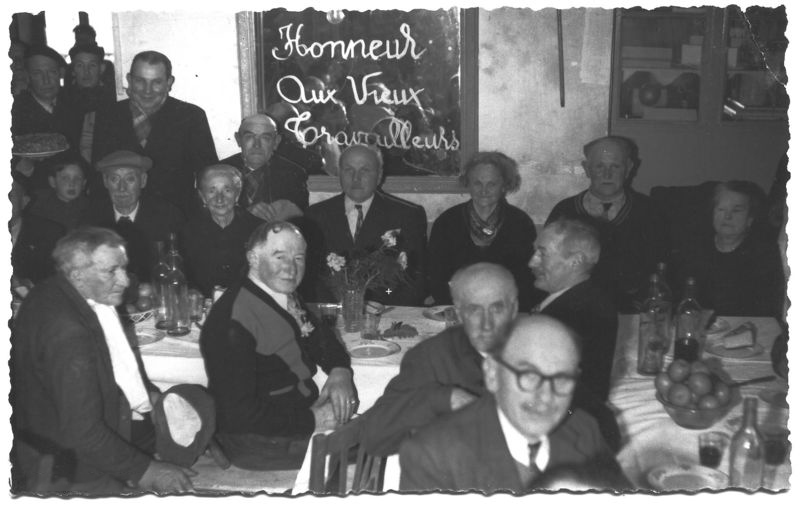
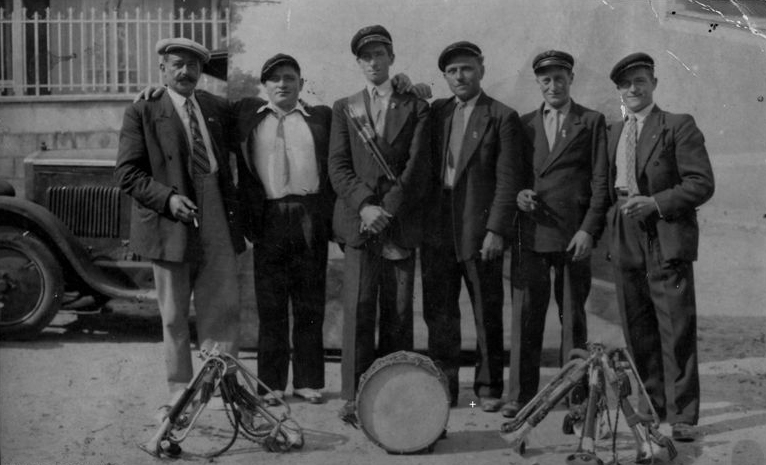
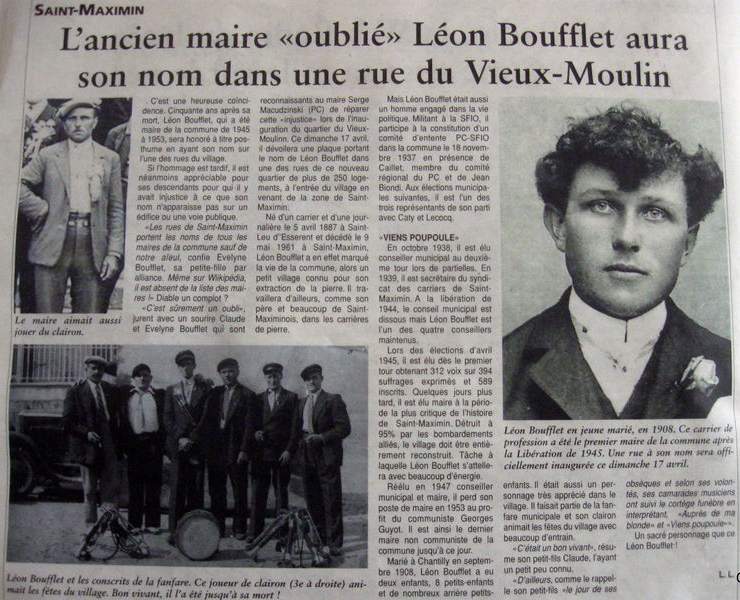
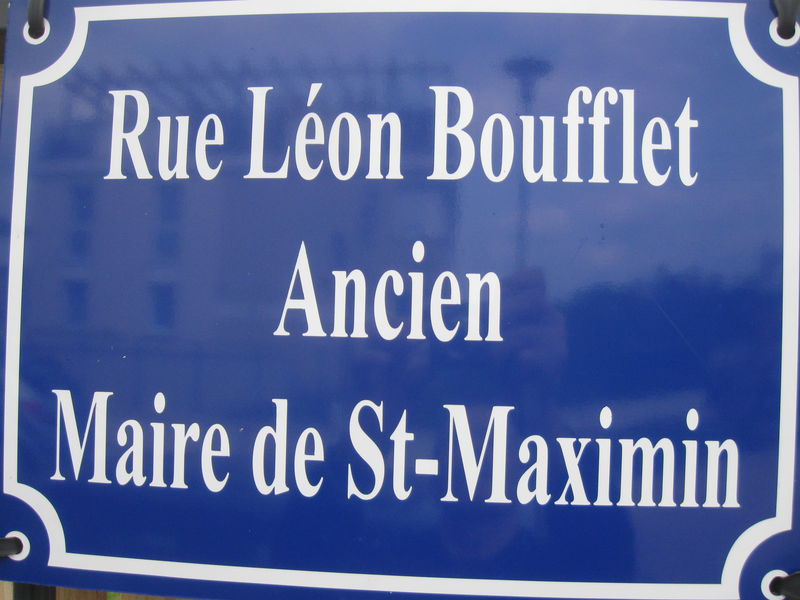
Under his father's orders, young Claude, like his peers, received on-the-job training in the quarriesHe began working with stone at the age of 18: "[...] as a bartender, I went where the work was [...] ". His work consisted of moving the blocks of stone cleared by the workers, which required a great deal of precision and meticulousness: "[...]". the workers, most of whom were Portuguese, did not count the hours because they were paid by the piece and worked manually [...] if I broke the block while handling it, they didn't touch anything, so I had to be very vigilant [...] ". The blocks then pass through the hands of sawyers and cutters. Very often, Claude takes care of deliveries, sometimes as far as Deauville. His long days, hard workand his father gave him a hard time: "[...]. he didn't pay me overtime, it was a difficult upbringing [...]" he recalls...
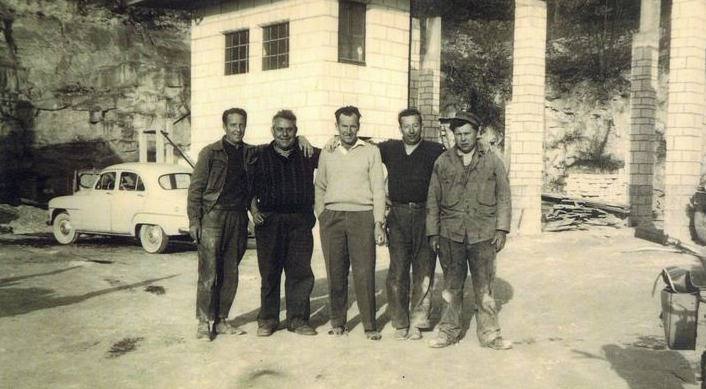
Paying tribute to the work of men
Today, if stone from the south of the Oise is still quarried in the surrounding areaThese include the construction of buildings and the restoration of monuments such as Notre-Dame, techniques have come a long way : " [...] machines have taken over, and work has become less demanding than it used to be [...] before, you had to find the vein, clear the block with a hand retractor [...] it's all over [...] ".
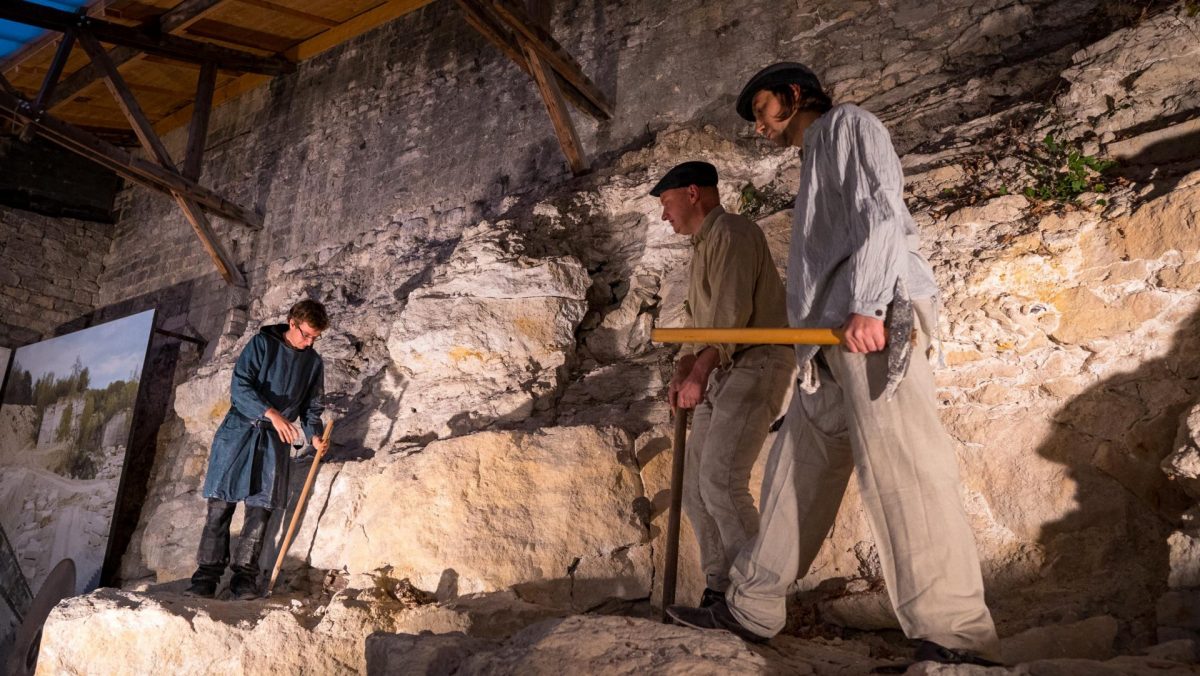
Claude Boufflet, on the eve of his 80th birthday, is working alongside the Maison de la Pierre team.His retirement coincided with the creation and opening of the site in 2014. In the basement, visitors can follow an underground trail and relive the glory days of the Parrain quarry, which operated between 17th and the beginning of the 20th century: "[...] everyone is curious to know how the stone was extracted [...] it's a pleasure to share my knowledge and experience with the public [...]" confides Claude, not without some emotion.
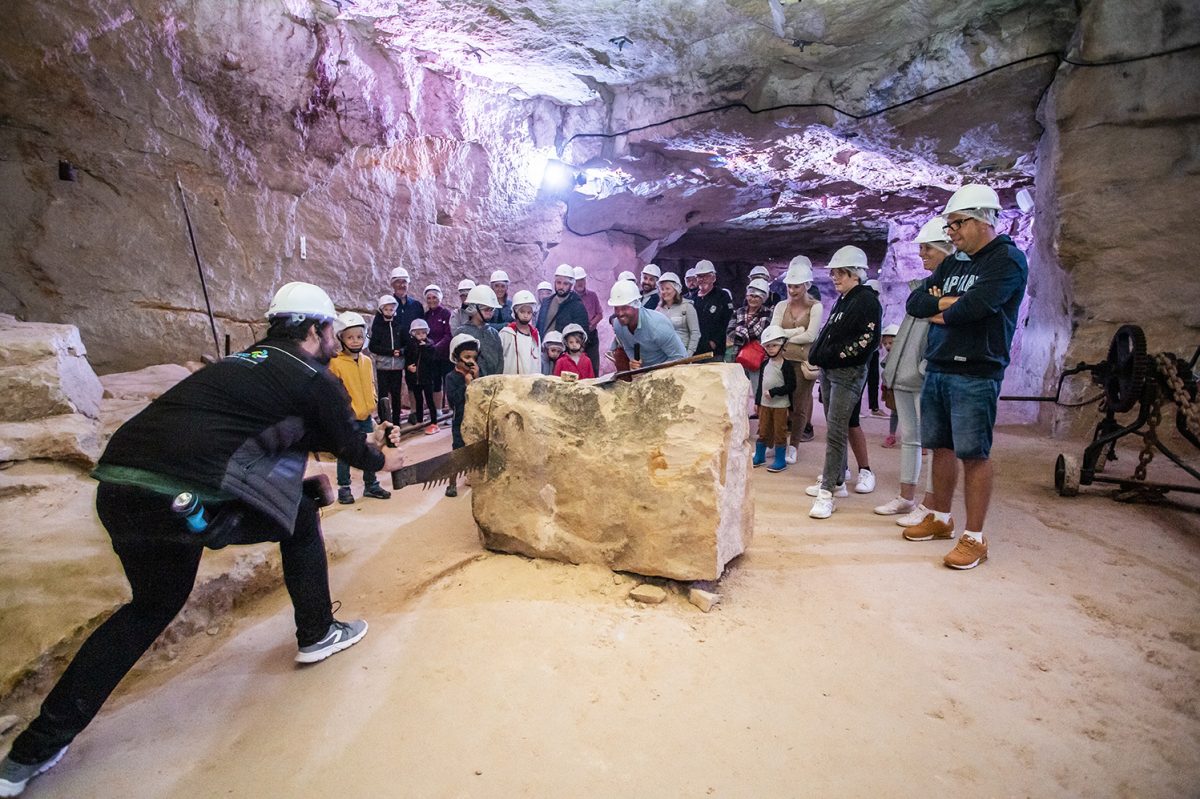
Keeping the memory of places alive
On the waistline, tools discovered by Claude are on display. It's easy to imagine the difficult working conditionsIt's all thanks to Claude. Here, thanks to Claude, many traces of human activity have been preserved : " [...] After the closure of the Parrain quarry in the 1920s, the site was used to grow mushrooms, so that during the war, the population of Saint-Maximin also benefited from this source of income, protecting themselves from the bombardments underground. [...]" he explains as he passes old rusty beds or crates containing a crumbly substrate...
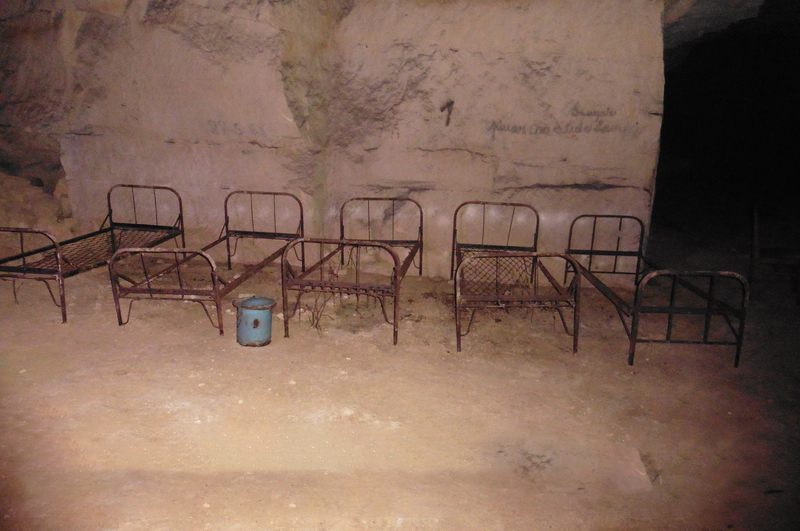
Pausing for a moment, Claude suddenly invites us to look up. There, on the sky above the Parrain quarry, you can see letters. The halo of his lamp shakes a little. " Léon Boufflet "Claude went on to say: "[...]. when I discovered these letters traced by my grandfather, it did something to me [...] ".
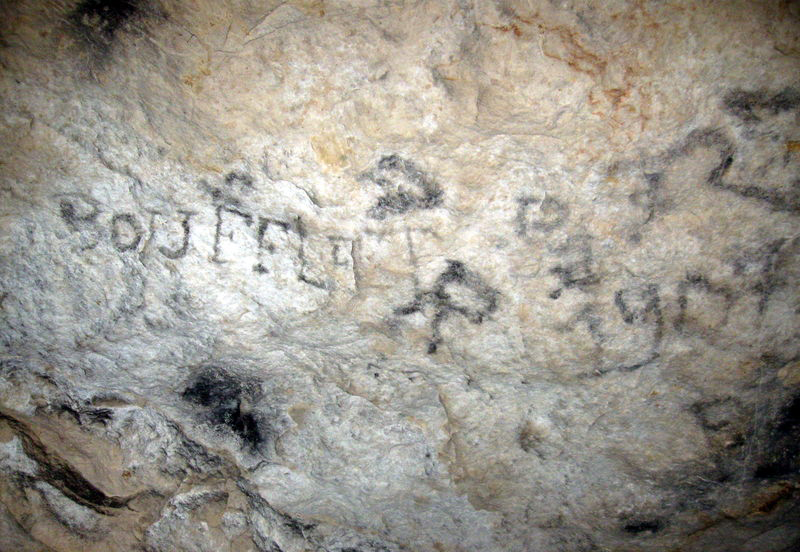
In the silence of the underground quarry, illuminated by a faint light, Claude recounts how his son Sébastien and grandson Anthony have taken it in turns to explore the quarries.and other enthusiasts in their wake. What is born of stone never seems to pass away...

Céline Weissier – Words on the page
Visit the Maison de la Pierre
Access
Opening
| From 06 November to 13 December | |
| Wednesday | Open from 14h30 à 17h30 |
| monday | Closed |
| tuesday | Closed |
| wednesday | Closed |
| thursday | Closed |
| friday | Closed |
| saturday | Closed |
| sunday | Closed |
Prices
| Adult price Guided tour of the underground quarry | 7 € |
| Reduced adult rate Guided tour ACSO residents, Unemployed, Disabled | 5 € |
| Child price Guided tour of the underground quarry 5-17 years | 5 € |
Want to find out more?
This beautiful report was written to coincide with the release of the brand new Creil Sud Oise Tourisme's first Destination Magazine.
Inside, numerous other articles will take you to meet local figures and offer ideas for outings!
Order at to receive it in hard copy!
Click here to order
